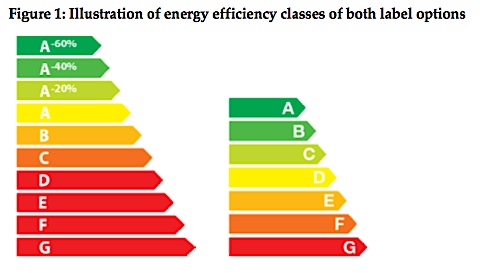
Discover the Best Energy Efficient TV for Your Home
In today’s technologically advanced world, choosing an energy efficent tv has never been more important. With the rising costs of electricity and the increasing awareness surrounding environmental issues, opting for an energy-efficient television is a smart choice for both your wallet and the planet. Energy-efficient TVs not only consume less power but also provide exceptional viewing experiences, showcasing the latest advancements in display technology. This article delves into the benefits and features of energy-efficient TVs, guiding you in making an informed purchase that meets your entertainment needs while being kind to the environment.
Understanding Energy Efficiency in TVs
Energy efficiency refers to the ability of a device to use less energy while performing the same tasks. In the case of TVs, energy efficiency becomes crucial as they are among the most commonly used electronic devices in household settings. Energy-efficient TVs leverage advanced technologies to minimize power consumption without compromising on performance. The primary metrics to consider when evaluating a TV’s energy efficiency include the Energy Star rating, annual energy consumption, and the type of display technology used.
The Benefits of Energy Efficient TVs
1. Reduced Electricity Bills: One of the most immediate benefits of owning an energy-efficient TV is the significant reduction in electricity bills. Energy-efficient models are designed to consume less power, which translates to savings over time. The less energy your TV uses, the lower your monthly electricity costs.
2. Environmental Impact: As global awareness of climate change grows, more consumers are looking for ways to reduce their carbon footprint. By choosing an energy-efficient TV, you’re making a conscious decision to decrease your energy consumption, resulting in lower greenhouse gas emissions.
3. Improved Technology: Energy-efficient TVs often incorporate the latest technologies, offering better picture quality, colors, and contrast. High-definition (HD), 4K, and OLED displays not only consume less power but also provide superior visual experiences, whether you’re watching your favorite movies, playing video games, or streaming content.
Types of Energy Efficient TVs
When selecting an energy-efficient TV, it’s essential to understand the different technologies available:
1. LED TVs: LED (Light Emitting Diode) TVs are the most common type of energy-efficient television. They use LED backlighting, which allows for lower power consumption compared to traditional LCD screens. LED TVs are available in various models, including edge-lit and full-array, with full-array models generally providing superior picture quality.
2. OLED TVs: OLED (Organic Light Emitting Diode) technology is a step beyond LED, offering better contrast ratios and color accuracy. OLED TVs are energy efficient due to their ability to turn off individual pixels, resulting in deeper blacks and reduced power usage during dark scenes.
3. QLED TVs: QLED (Quantum Dot Light Emitting Diode) TVs combine the benefits of LED technology with quantum dot technology, providing vibrant colors and high brightness while maintaining energy efficiency. These TVs offer a great balance of performance and energy savings.

How to Choose the Best Energy Efficient TV
To ensure you’re making the best choice when selecting an energy-efficient TV, consider the following factors:
1. Energy Star Rating: Look for Energy Star certified TVs, which are independently tested and shown to meet strict energy efficiency guidelines set by the EPA.
2. Screen Size and Room Size: Choose a screen size that suits your viewing environment. A larger TV will consume more energy, so assess the size of your room and the distance from which you’ll be viewing.
3. Smart Features: Modern TVs come equipped with various smart features that enhance usability. Smart TVs allow for easy access to streaming services and apps, but they may also consume additional energy, so factor that into your decision.
Installation and Setup Tips for Energy Efficient TVs
Once you’ve chosen your energy-efficient TV, proper installation and setup can further enhance its efficiency:
1. Optimal Placement: Position your TV away from direct sunlight or bright lights to minimize the need for high brightness settings, which consume more energy.
2. Use Eco Mode: Many energy-efficient TVs come with an Eco Mode or energy-saving settings that automatically adjust brightness and other parameters to save power.
3. Power Management: When not in use, consider turning off your TV or using a smart plug to eliminate phantom energy consumption when the TV is in standby mode.
Conclusion
The world of television is evolving, and as technology advances, so does our ability to reduce energy consumption. An energy-efficient TV is an excellent investment for any household, providing top-notch performance while helping you save on energy costs and reduce your environmental footprint. Whether you prefer LED, OLED, or QLED technology, there’s a model out there that fits your needs and preferences. By considering factors such as energy ratings, screen size, and smart features, you can select the best energy-efficient TV that enhances your home entertainment experience without compromising the planet. Make the switch today and enjoy a greener tomorrow!

